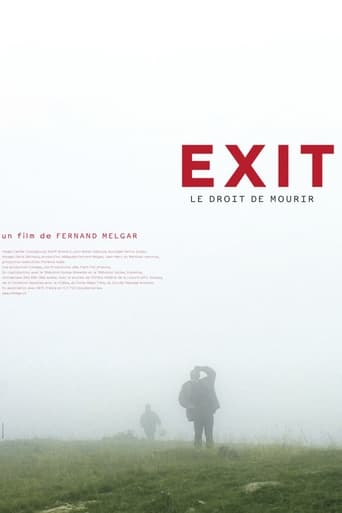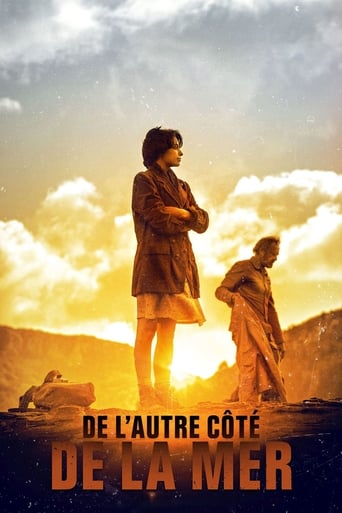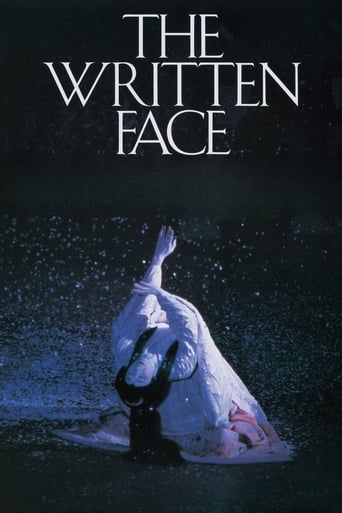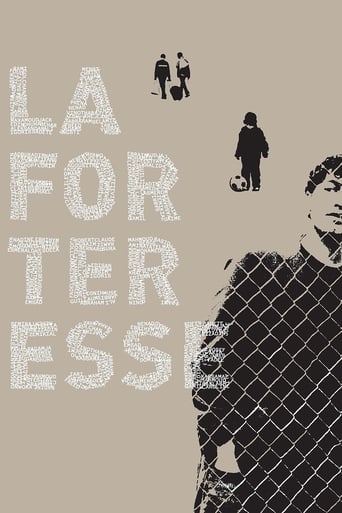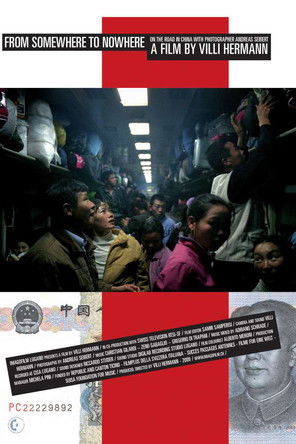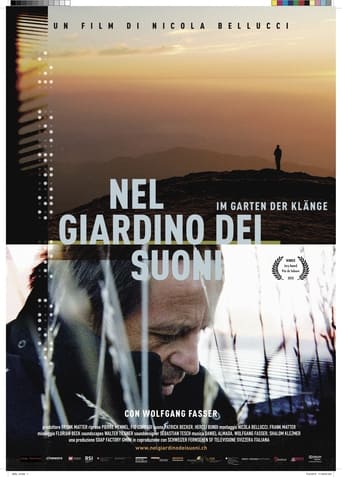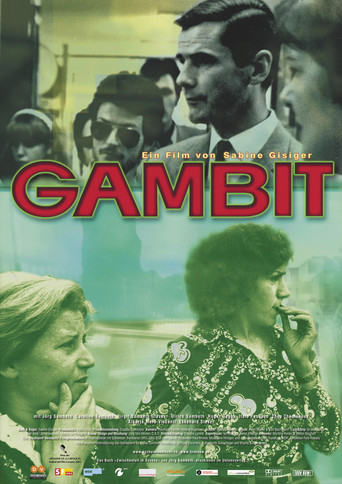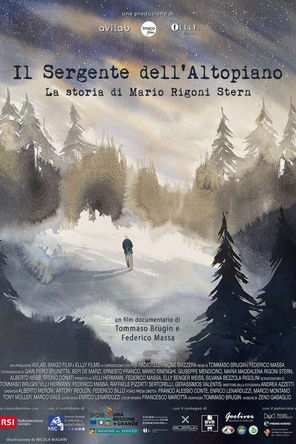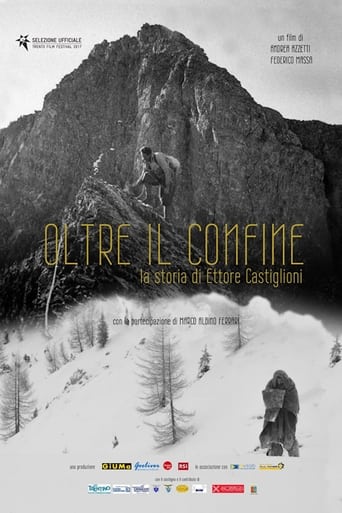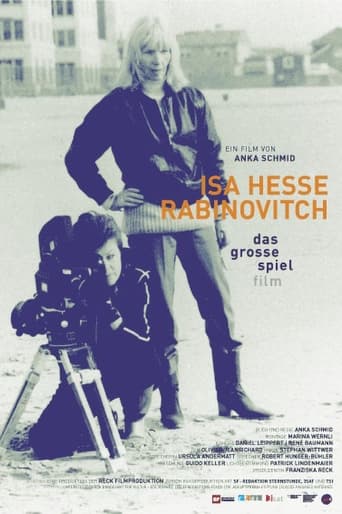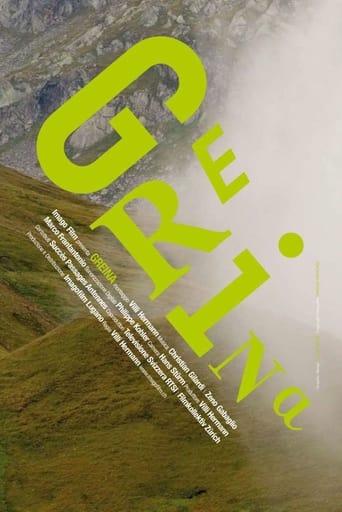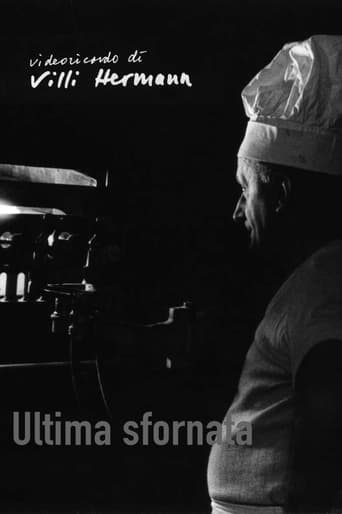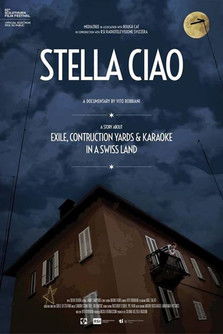RSI Radiotelevisione svizzera
Exit: The Right to Die 2006
Switzerland is presently the only country in the world where suicide assistance is legal. Exit: The Right to Die profiles that nation's EXIT organization, which for over twenty years has provided volunteers who counsel and accompany the terminally-ill and severely handicapped towards a death of their choice.
Across the Sea 2015
A former war photographer tries to ward off his personal ghosts by taking pictures of trees only. He lives alone among olive trees in southern Italy. One day he decides to cross the sea. Once in Albania, he goes near the location where he had made his last war picture, as if he was retracing his steps. He finds a tree he wants to photograph. He is just about to do so, when he discovers a runaway girl hiding in it with the sole objective of crossing the sea and getting to the other side. The man has no choice. He has to flee with her, follow her and guide her along until a storm separates them.
The Written Face 1995
In Japanese theater, women's roles are traditionally played by men. The man playing the woman's role, the Onnagata, does not imitate the woman, as in the West, but tries to capture her significance. He need not stick close to his model, but draws far more from his own identity - a shift of value takes place, which is nonetheless not a step beyond. THE WRITTEN FACE is an attempt to offer an insight into the Japanese Kabuki star Tamasaburo Bando, one of the last defenders of this ancient and disappearing performing tradition.
The Fortress 2008
The personal stories of the people from all around the world waiting for a decision in an asylum-seekers centre in one of most restrictive countries in the world, Switzerland.
From Somewhere To Nowhere 2008
Amidst the chaos of modern China, where megacities spring up at a dizzying pace, Swiss photographer Andreas Seibert has chosen to document the lives of the "mingong," the migrant workers who fuel the country's economic engine. Director Villi Hermann followed him in this endeavor for several years, immersing us in the photographer's eye and capturing the essence of his work on these forgotten souls. Seibert, with his lens, and Hermann, with his camera, weave together a poignant narrative that sheds light on the often-hidden reality of China's economic growth. "From Somewhere to Nowhere" is an ode to humanity in an ever-changing world, a reflection on the individual's place in the grand scheme of things, and a celebration of the power of photography as a means to capture the spirit of an era.
In the Garden of Sounds 2010
«Nel giardino dei suoni» («In The Garden of Sounds») is a touching, poetic exploration of the relationship between mind, body and sound, and a cinematic journey to the borders of communication. Nicola Bellucci tells the extraordinary story of Wolfgang Fasser, a blind musician and soundscape artist who works with severely handicapped children, helping them to find their place in a world not made for them. On his own way into the darkness, Fasser discovered the world of sounds, a parallel universe to our visual world. His far-reaching explorations of sound’s effect on mind and body led him to the field of music therapy.
Gambit 2005
In 1976, a nuclear reactor near the Italian town of Seveso explodes, leaking highly poisonous dioxin into the atmosphere.
Hotel Abyssinie 1996
Greina 2006
William's Cake 2018
In this fifth episode of the series, La torta di Guglielmo, Rossini, is “interviewed” by Gaia de Bernardis, presenting, this time, the cake that gives the clip its title: an apple pie, with cream, sugar, flour and butter. Together with the composer, musicologist Alberto Simoncini and the ever-present Stendhal. Of course, it follows from the title that the opera presented along with the dessert is William Tell, whose libretto was taken from the play of the same name (1804) by Friedrich Schiller, later elaborated by Victor-Joseph-Étienne de Jouy and Hippolyte-Louis-Florent Bis. Its first performance took place at the Paris Opéra on August 3, 1829.

